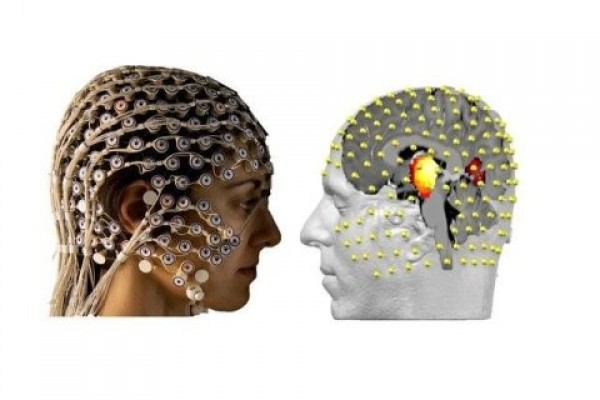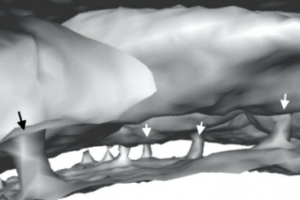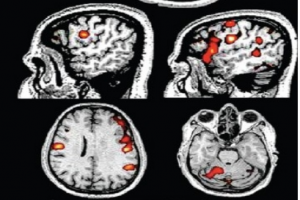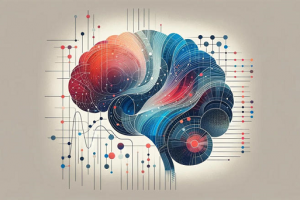A gentle method for unlocking the mysteries of the deep brain
The subcortical areas of the brain, situated in its deepest reaches, remain a mystery.
The subcortical areas of the brain, situated in its deepest reaches, remain a mystery. Scientists are aware of the critical role they play in motor, emotional and associative activity but do not know precisely how they work. A number of serious diseases are directly linked to these areas, including Parkinson's, Tourette syndrome and obsessive-compulsive disorders (OCD). Existing treatments for regulating and measuring the activity of the subcortical areas are highly invasive, and sometimes work without us really knowing how. Researchers from the University of Geneva (UNIGE), Switzerland, and Cologne University (Germany) decided to see whether a non-invasive method -- electroencephalography (EEG) -- could be employed in tandem with mathematical algorithms to measure this brain activity externally. They proved for the first time that this technique is able to record signals usually only seen by implanting electrodes in the brain. The results, published in Nature Communications, pave the way for new, precision clinical applications.
You may read the whole text here.





Related Posts